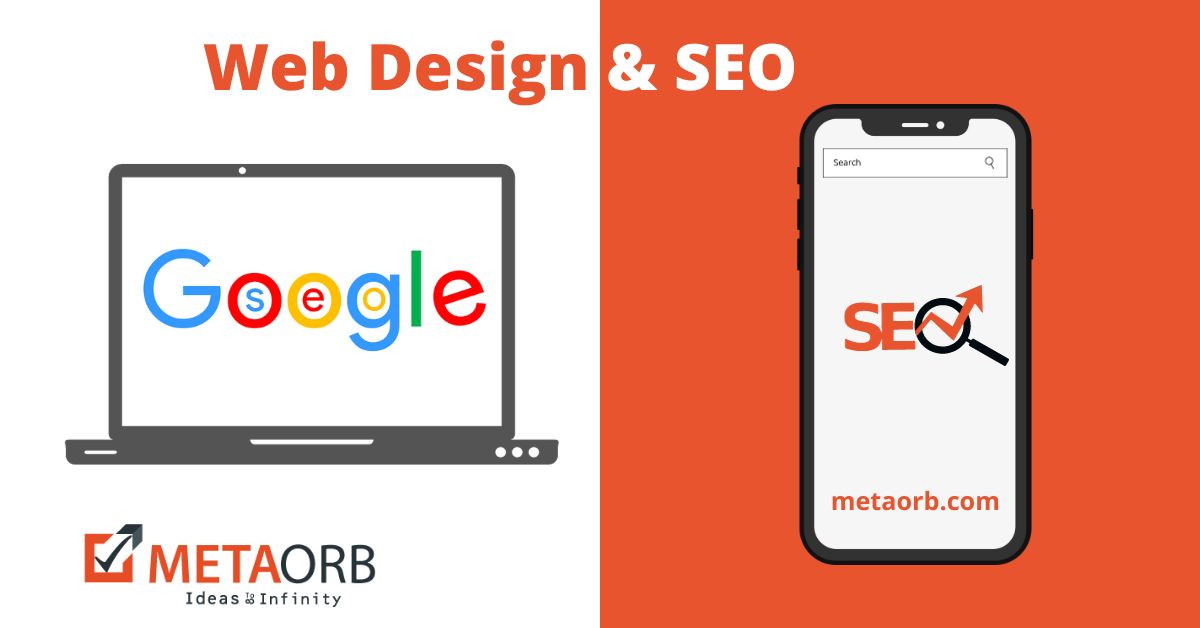Why SEO Needs To Be Planned With Website Design

In the ever-evolving digital landscape, establishing a robust online presence is no longer a choice but a necessity for businesses. At the heart of this digital strategy lies Search Engine Optimization (SEO), a dynamic practice that determines how visible your website is to potential customers. While many businesses recognize the importance of SEO, not all understand the strategic advantage of integrating it into the initial stages of website design. In this blog post, we’ll delve into why planning SEO before website design a game-changer for your online success is.
Understanding the Importance of SEO
Before we dive into the symbiotic relationship between SEO and website design, let’s briefly revisit why SEO is so crucial. Search engines, particularly Google, act as the gatekeepers of the internet. When users seek information, products, or services, they turn to search engines. If your website is not optimized for search engines, you risk being lost in the vast sea of online content. Effective SEO not only drives organic traffic to your site but also ensures that the right audience finds your business amidst the digital noise.
The Interconnection of Design and SEO
1. User Experience (UX)
User experience is more than just a buzzword; it’s a critical factor that can make or break your online presence. A well-designed website not only pleases users but also search engines. Google takes into account factors such as page loading speed, mobile responsiveness, and overall usability when determining search rankings. By prioritizing UX in your design, you not only keep visitors engaged but also send positive signals to search engines, resulting in higher rankings.
2. Mobile Responsiveness
With the increasing use of smartphones, Google has shifted to a mobile-first indexing approach. This means that the mobile version of your site takes precedence in search rankings. A mobile-friendly design is not just a perk; it’s a necessity for SEO success.
Keyword Research and Content Planning
3. Relevant Keywords
Keywords are the compass of the online world, guiding users to the content they seek. Before diving into the design process, conduct thorough keyword research to identify the terms and phrases your target audience uses. Integrating these keywords into your content and site architecture from the beginning sets the foundation for a search-friendly website.
4. Site Structure and Navigation
A well-organized site structure benefits both users and search engines. An intuitive navigation system helps visitors find what they’re looking for, reducing bounce rates. Simultaneously, search engines can easily crawl and index your site, leading to better visibility in search results.
Page Speed and Performance
5. Page Speed Matters
In the digital age, patience is a rare commodity. Users expect websites to load quickly, and so does Google. Page speed directly impacts user experience and search rankings. Optimize your design for performance by compressing images, leveraging browser caching, and adopting efficient coding practices.
URL Structure and SEO-Friendly URLs
6. Crafting SEO-Friendly URLs
The structure of your website’s URLs plays a role in SEO. Clear, concise, and descriptive URLs not only enhance user experience but also make it easier for search engines to understand the content of your pages. Avoid complex URLs with strings of numbers or irrelevant characters.
Integrating Meta Tags and Descriptions
7. Meta Tags and Descriptions
Meta tags and descriptions are the unsung heroes of search engine result pages (SERPs). Crafting compelling meta titles and descriptions not only boosts click-through rates but also provides search engines with valuable information about your content. Consider these elements as your website’s elevator pitch to both users and search engines.
Conclusion: Prioritize SEO from the Outset
In the dynamic world of online business, staying ahead of the competition requires strategic planning. By making SEO a priority in the early stages of website design, you set the stage for a digital presence that not only looks good but performs well in the eyes of search engines. Remember, a well-optimized website is not just a digital asset; it’s your ticket to standing out in the vast digital landscape.
As you embark on your website design journey, consider the symbiotic relationship between design and SEO. The two, when harmonized, create a powerful synergy that propels your business to new heights in the online realm. Don’t just build a website; craft a digital experience that captivates both users and search engines from the start.
Ready to elevate your online presence? Start with SEO, and let the design follow suit.
At MetaOrb, we believe in proactive planning to spare you from regrets later on. We’ve encountered numerous situations where clients received a pre-built website, only to request SEO services later. Unfortunately, the initial website code was excessively cumbersome, leaving little room for it to secure a top 10 ranking. Consequently, we had no choice but to initiate a complete overhaul. Learn from these experiences, and avoid the same pitfalls by integrating your SEO planning with your website design from the outset.

